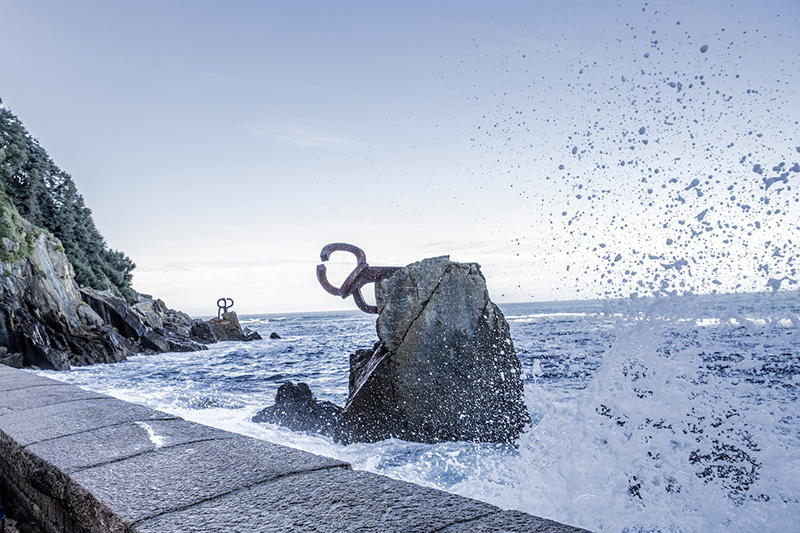
The Wind Comb is one of the best-known works of the famous Basque sculptor Eduardo Chillida. Beautiful at any time of year,it is particularly amazing when the sea is rough. It consists of three sculptures, iron bars bent and set into the rocks, which comb the wind coming in from the Cantabrian Sea at their location on the western end of San Sebastián’s La Concha bay.
The Wind Comb, which dates from 1977, has become a symbol of the city of San Sebastián. So much so, in fact, that the Basque Government declared it a Cultural Property in 2019, by way of a necessary step in the long race to have the work declared a UNESCO World Heritage Site.
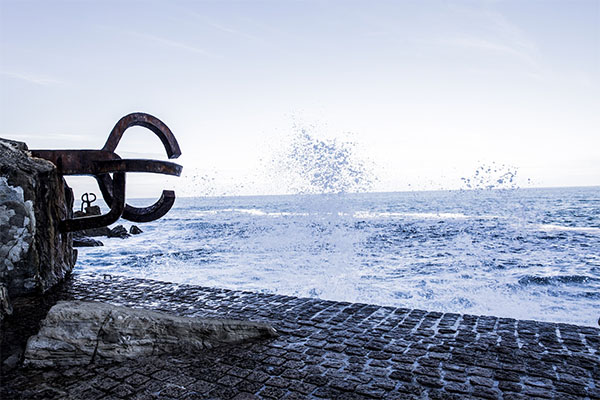
When the sea is rough (like the day these photos were taken), a crowd usually gathers at this end of Ondarreta beach to watch the waves crashing down on the sea-rusted sculptures. They are also watching to see the air, sounds, and sometimes even water thrown up through the 7 orifices on the ground connected to the sea. These are moments of emotion, fun and collective euphoria amid nature.
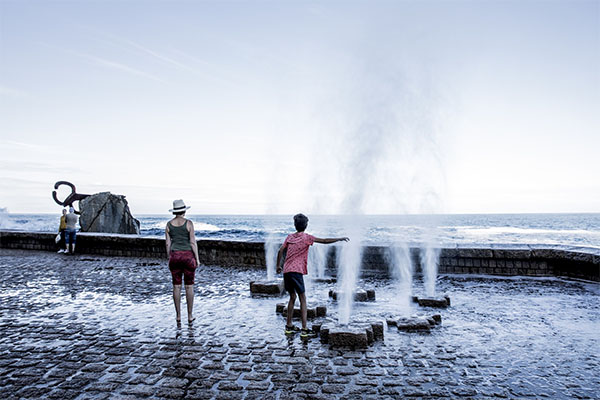
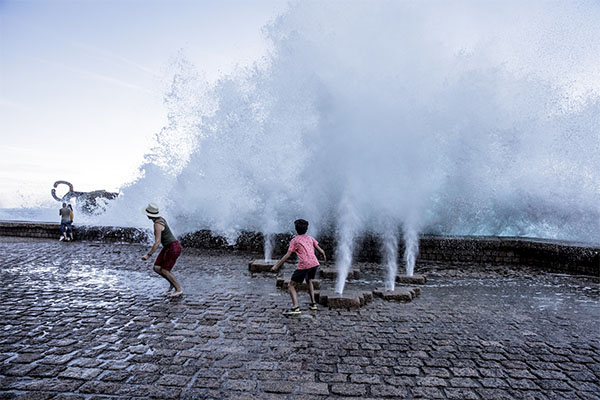
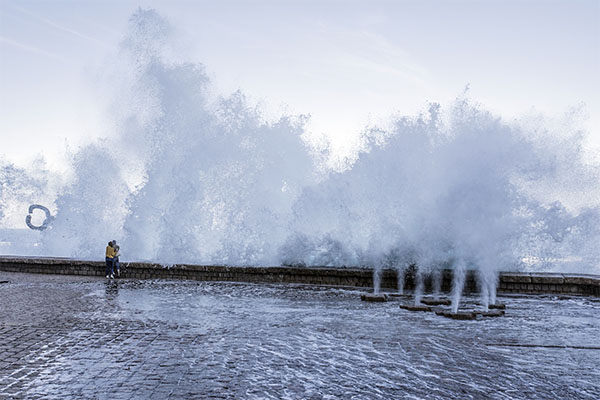
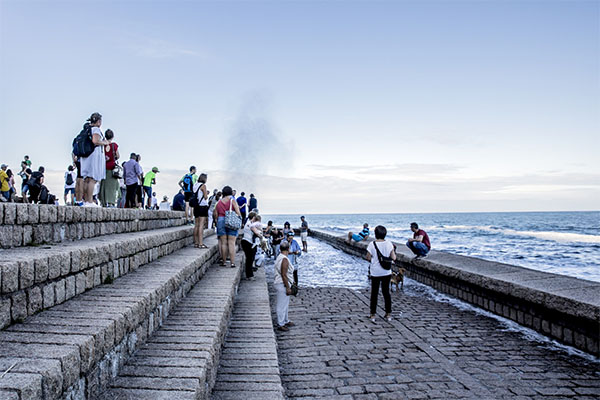
Basque architect Luis Peña Ganchegui designed the pink granite esplanade, platforms and steps as observation points to contemplate the work of his friend from Donostia. Chillida, who died in 2002, described the area in which he built the Wind Comb as his place, his country. The natural location is “the origin of everything. It’s the real creator of the work. All I did was discover it. The wind, the sea, the rock, they all play a decisive role. It’s impossible to create a piece like this without taking the surroundings into account. It’s a piece made by me and not made by me”, Chillida once explained.

The real name of this huge work is Wind Comb XV. This is because it is the fifteenth in a series of sculptures dating back to 1952, the year in which Chillida created his first comb, as part of his dream to position a sculpture facing the horizon.
The Chillida Leku Museum about the sculptor’s life has a collection on the Wind Comb series for a full understanding of all the works. The museum is to be found at the Zabalaga farmstead near San Sebastián.
Chillida built most of his iron pieces at Patricio Echeverría, one of the Basque Country’s leading metalworks in Legazpi, with a museum showing the sculptor’s work tools and sketches. The factory arose from the old forges traditionally located in this area.
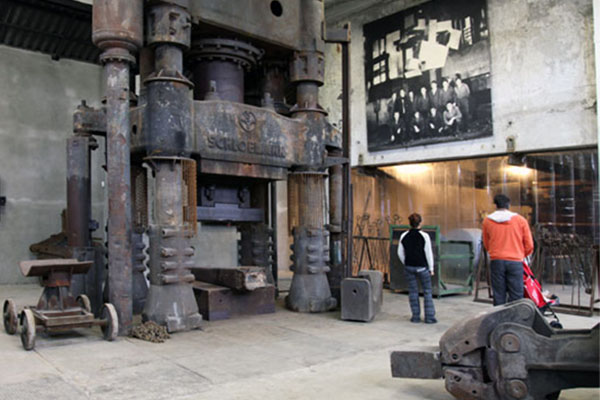
Nowadays the Mirandaola forge, which dates back to the 15th century, is still in place and is open to visitors. There is also an Iron Museum, with documentation on the huge importance of the metal in the Basque Country’s development.
Eduardo Chillida had been an artist of world renown since the 70s, and exhibited his work alongside other mighty creators such as Rothko, Braque, Chagall, Miró, Giacometti and Kandinsky. But he never relinquished his links to the main features of Basque culture: iron, stone and nature, as we will see in our visit to the Wind Comb in my walk around San Sebastián, where observers feel they are blending in with culture.
***

